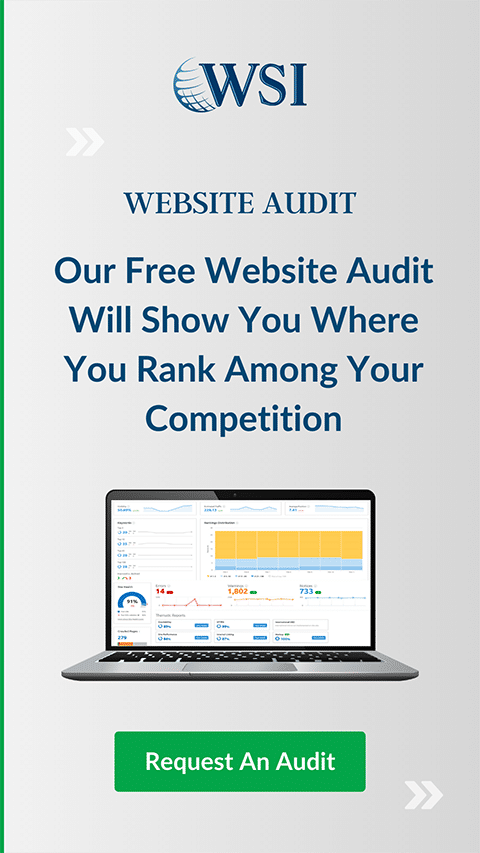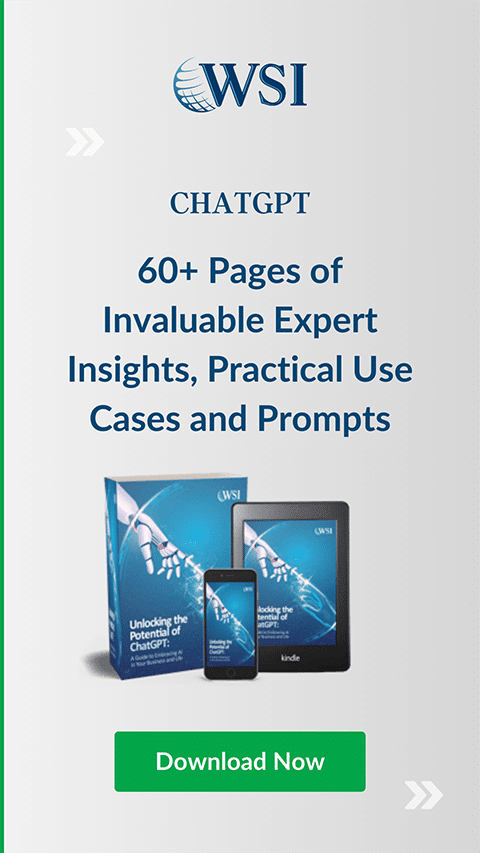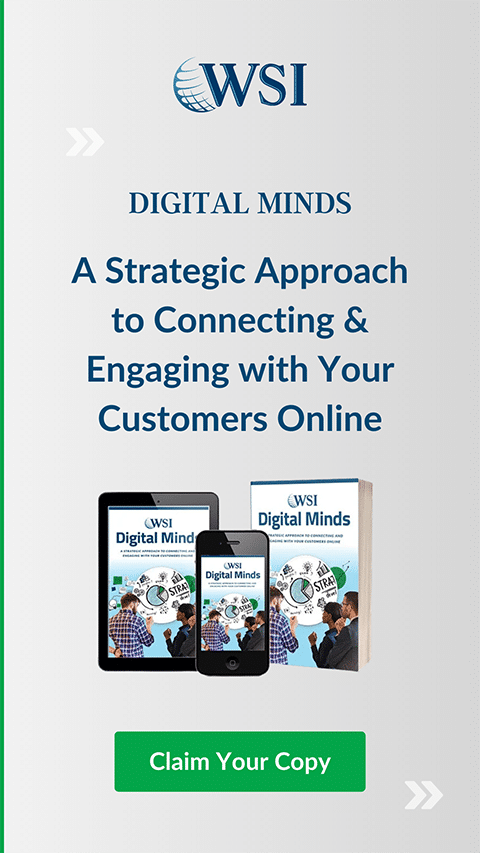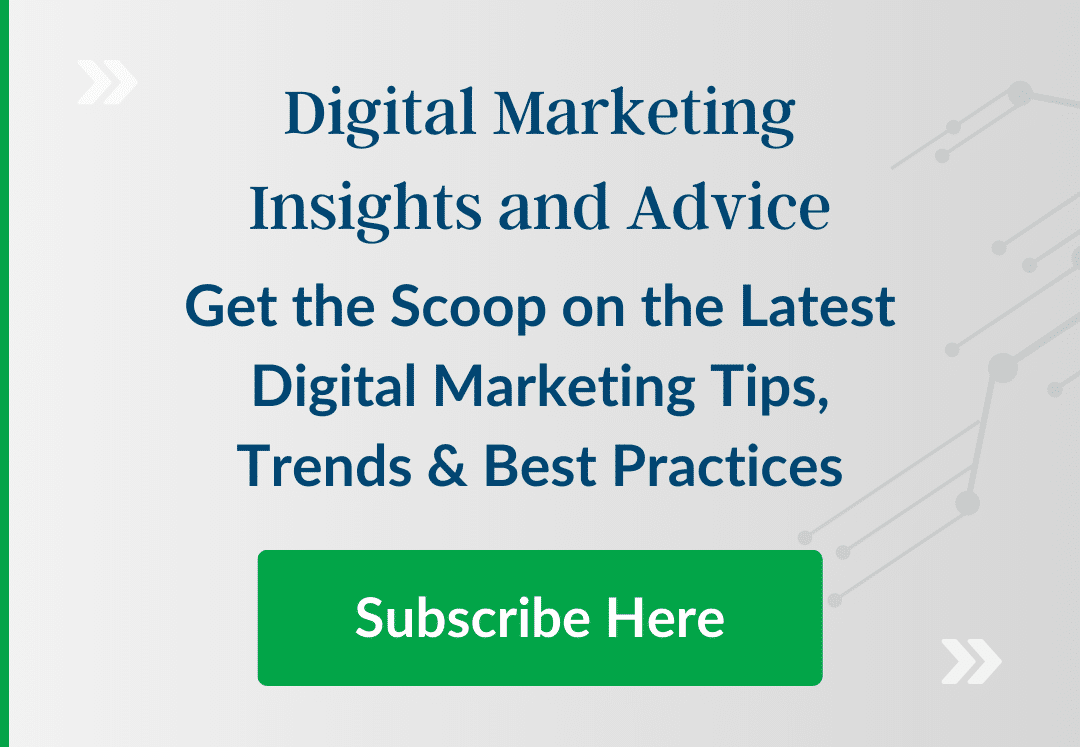2023 Best Practices for eCommerce PPC Management in Toronto
Apr 10, 2023 | 7 MINUTES TO READ

Summary: Managing your eCommerce PPC campaigns can be tricky if you aren’t sure what to do. Our recommendations for 2023 will help you be successful!
PPC advertising is one of the most lucrative marketing techniques for e-commerce companies in Toronto. For as little as a few pennies per click, you can reach wide audiences with ads that show off your products and services and demonstrate exactly what your company can do.
However, not all PPC ads are created equal. To make the most of your PPC ad spend, follow our list of PPC management best practices below.
eCommerce PPC Management Best Practices
1. Start with Budget, Metrics, and Goals
Without a clear sense of what you want to accomplish, your e-commerce PPC efforts will be unfocused and unproductive. Establishing a budget and goals will give you a framework to start working toward the outcomes you want, while identifying the metrics you will need to work on gives you actionable steps you can take toward those goals.
Some of the critical metrics most companies choose to watch include:
- Cost Per Click (CPC), or the amount of money you pay for each click your ad receives
- Click-Through Rate (CTR), or the number of users who click on your ad out of every 100 who see it
- Conversion Rate, or the number of people who take your desired action after clicking on your ad
- Cost Per Acquisition, or the dollar amount it takes to acquire a lead from your ads
- Return on Investment (ROI), or how much revenue each dollar of ad spend generates
PPC campaigns are highly flexible and easy to customize, making them a great fit for firms both large and small. Even if you only have a tiny budget to start, you can use Google’s marketing tools to allocate your ad spending exactly where it needs to go for maximum impact.
2. Establish Accurate Conversion Tracking
Your conversion rate measures how many users who navigate to a particular page on your website take the desired action you have promoted on that page. In ecommerce, the desired action is often a purchase. However, you might also want to get leads to sign up for your newsletter, follow you on social media, or take other actions that bring them closer to your brand.
To track your conversions accurately, you will need to add a piece of code called a conversion pixel to the pages you are examining. These bits of code will automatically track what your users do when they reach the page in question.
Your PPC platform can automatically generate these pixels for you, but you will need to insert them into your website’s code and test them yourself. You will also need to tag the CRM you use to store the lead. This centralizes the data you collect and allows you to better understand your user base. If you do not know how to do these technical tasks yourself, consider hiring a paid search advertising agency to help you with them.
3. Know Your Audience
Speaking of your users, understanding your audience is a key part of maximizing your PPC potential.
You probably already have some idea of the types of people you want to target, but the data from your PPC campaigns can make your ad spending even more focused. Tools like Google Analytics allow you to break down your users by age, gender, interests, and other traits to determine which demographics respond best to your campaigns.
Segmenting your ads can also deepen your understanding of your audience. By targeting specific slices of your audience with each version of your ads, you can see which segments perform best and base your future campaigns on that. You can even use A/B testing to try out two different versions of an ad on the same segment. Eventually, you will create an ad that is perfectly tailored to your audience’s needs.
4. Stay Current with PPC Trends
PPC advertising is an incredibly dynamic field. Each algorithm change switches up the status quo and sometimes ends up throwing a wrench into your carefully planned strategies.
Luckily, there are many things you can do to keep up with changes in the PPC advertising industry. First, follow industry news and check the social media profiles of experts in the field. You will likely hear about new developments from these sources first. You should also consider going to conferences or taking a class on PPC management. These learning opportunities allow you to delve deeper into the topic and get a better grasp on how to make the changes on the horizon work for you.
You can also keep up with the latest happenings in the field by working with a trusted PPC agency in Toronto. Agencies are staffed with experts who know their field better than anyone else and can offer you up-to-the-minute advice on navigating the PPC ad market.
5. Retargeting
Retargeting is a type of PPC marketing that displays your ads to people who have already visited your site and obtained a cookie from it. These people are more likely than most to make a purchase from you, so retargeting helps to keep your products at the top of their minds. When they see your ads, they might go ahead and complete that purchase they were considering.
However, retargeting must be done carefully to avoid making your leads feel like you are invading their privacy. Notify users of your retargeting cookies in your privacy policy and use frequency caps to make sure they do not see your ad too often for their comfort. It is also a good idea to conduct A/B testing on your retargeting ads to arrive at the best possible design.
6. CTAs and How to Stand Out
PPC ads are strongly reliant on their call to action (CTA). Without an effective CTA that connects with your audience, your ad will not leave much of an impression on the people who see it.
Each ad you craft should have a carefully chosen CTA that addresses your audience’s needs.
- Think about what you want the people who see your ad to do. Do you want them to buy from you, browse your products, or just visit your website?
- Start your CTA with the action you want your leads to take (for example, “buy” or “order”).
- Add a sense of urgency to your ad with words like “limited time” or “almost gone.”
If you are offering a discount or promotion, make this clear in the CTA.
Place your CTA in a prominent position where your leads are sure to notice it. Be sure to also test the effectiveness of different CTAs to find out which one works best.
7. Diversify Your Channel Mix
Google Ads may be the most popular PPC channel around, but it is far from the only one. There are multitudes of others, including Facebook, Twitter, Instagram, and even TikTok.
Placing ads on several of these channels ensures that your revenue is coming from more than just one source. Not only does this make your company’s income more stable, but it also presents opportunities to reach out to different types of audiences. For example, you are more likely to reach younger crowds on TikTok and older crowds on Facebook. Experiment with different types of ads for each group and watch your sales numbers soar.
8. Evaluate and Change Strategies
It is important to remember that the goals you are setting are guidelines, not laws. As your campaigns evolve, you may notice that your ROI is higher for some keywords, demographics, or other market segments than others. If this happens to you, you can quickly and easily adjust your ad spending to allocate more funds to those profitable areas. You should be constantly testing different PPC ads to see which ones will perform best, so act on the insights you discover and refine your campaigns to match!
Are You Looking for Expert PPC Management in Toronto?

PPC ads can generate incredible amounts of revenue if they are properly implemented. Take the guesswork out of your business’ PPC ad campaigns by entrusting them to WSI Comandix. Our Google PPC management services will increase your brand awareness and generate revenue for your business without any extra effort on your part. Contact us today to discuss your PPC ad needs and learn how we can make paid ads work for you.
Also Read:
Don't stop the learning now!
Here are some other blog posts you may be interested in.
VIEW ALL BLOG POSTS-
Benefits of Hiring a PPC Agency for Your Small Business
PPC advertising is a key component of any well-designed digital marketing strategy, but using it successfully is far …
READ MORE -
2023 Best Practices for eCommerce PPC Management in Toronto
PPC advertising is one of the most lucrative marketing …
READ MORE -
The Evolution of PPC Advertising: From Simple Text Ads to Complex Campaigns
Pay-Per-Click (PPC) advertising, a key component of digital marketing, operates under a seemingly …
READ MORE









